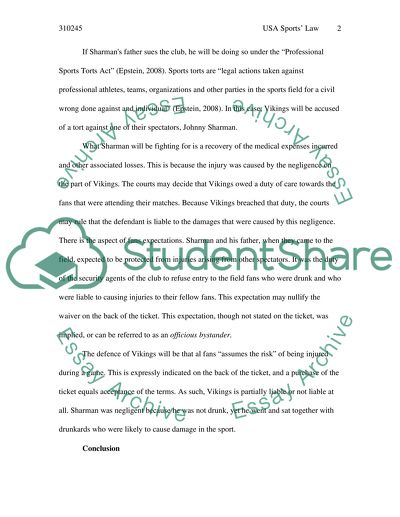Cite this document
(“USA Sports Law Case Study Example | Topics and Well Written Essays - 3500 words”, n.d.)
USA Sports Law Case Study Example | Topics and Well Written Essays - 3500 words. Retrieved from https://studentshare.org/law/1505884-usa-sports-law
USA Sports Law Case Study Example | Topics and Well Written Essays - 3500 words. Retrieved from https://studentshare.org/law/1505884-usa-sports-law
(USA Sports Law Case Study Example | Topics and Well Written Essays - 3500 Words)
USA Sports Law Case Study Example | Topics and Well Written Essays - 3500 Words. https://studentshare.org/law/1505884-usa-sports-law.
USA Sports Law Case Study Example | Topics and Well Written Essays - 3500 Words. https://studentshare.org/law/1505884-usa-sports-law.
“USA Sports Law Case Study Example | Topics and Well Written Essays - 3500 Words”, n.d. https://studentshare.org/law/1505884-usa-sports-law.


